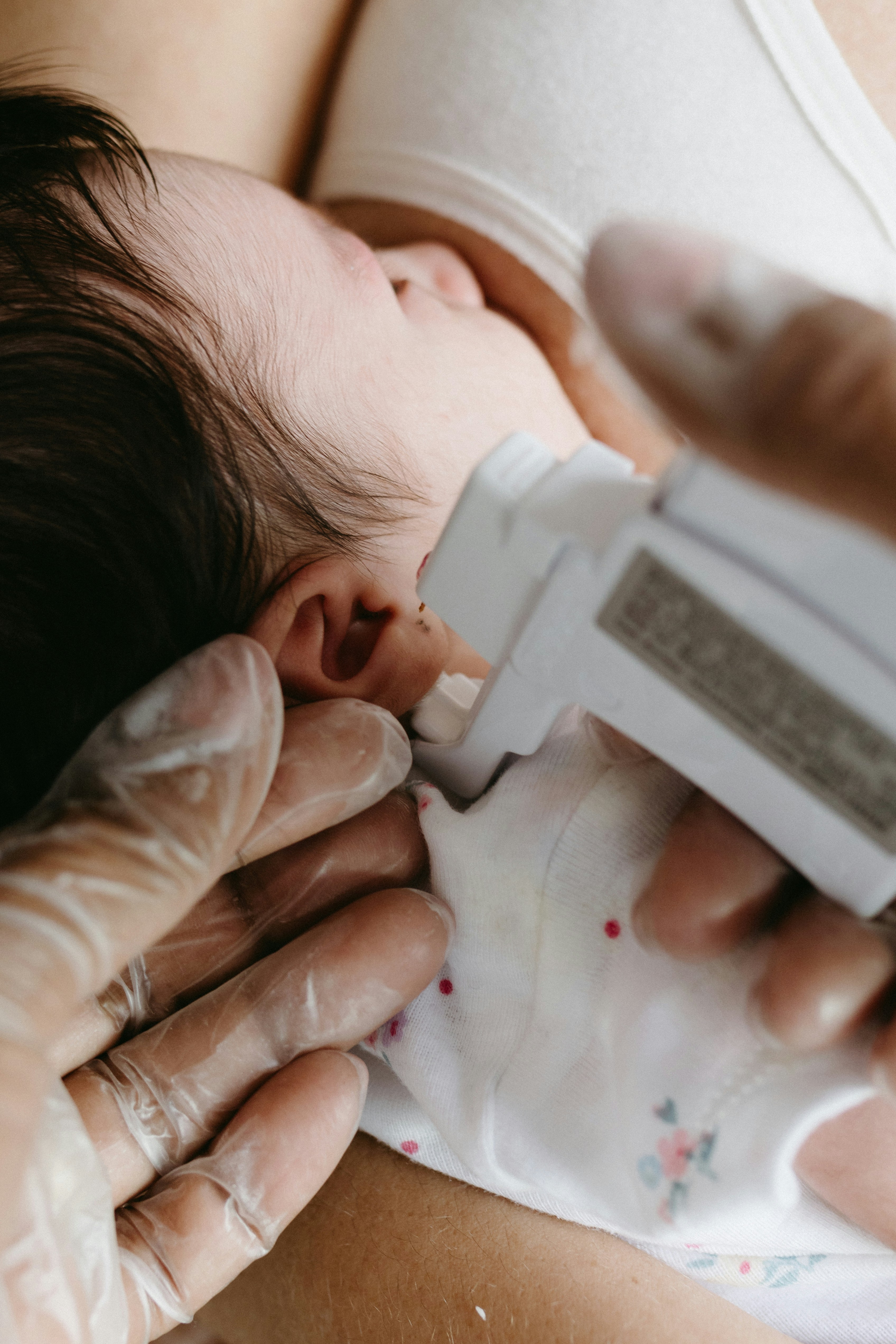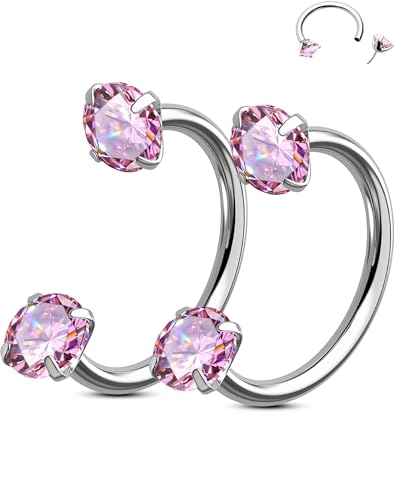
The Top 10 Most Painful Piercings
Piercings have become a popular form of self-expression, yet certain placements can be notably more painful than others. Below is a list of the top 10 most painful piercings, highlighting their pain ratings, typical healing times, and potential risks involved with each type, helping individuals make informed decisions when considering their own piercing journeys.
1. Ampallang: This horizontal piercing of the glans penis carries a pain rating of 10/10. Healing time typically lasts between 4 to 6 weeks, but risks include infection and prolonged discomfort.
2. Corset Piercing: A series of piercings along the back that resemble a corset. With an intense pain rating of around 9/10, healing can take several months. Risks include irritation and scarring.
3. Rook: Positioned in the cartilage of the ear, the rook piercing is rated 8/10 in pain. It can take 6 to 12 months to heal and is susceptible to keloids and infection.
4. Daith: Also located in the ear cartilage, this piercing has a pain rating of approximately 7/10. Healing time ranges from 3 to 6 months, with the potential for complications like inflammation.
5. Septum: The piercing through the nasal septum is rated at 7/10 for pain. Typical healing time ranges from 6 to 8 weeks, with risks of bleeding and possible septal damage.
6. Nipple: Nipple piercings usually have a pain rating of 7/10. These can take anywhere from 3 to 6 months to heal, and risks include communication with milk ducts, infections, and sensitivity changes.
7. Belly Button: This surface piercing has a pain rating of 6/10. Healing can take 6 months to a year, with potential risks including migration and irritation.
8. Conch: Located within the ear, the conch piercing is rated around 6/10. The healing period is typically 3 to 9 months, with risks including increased sensitivity and infection.
9. Industrial: This dual piercing through the ear cartilage is rated at 6/10. Healing takes 2 to 1 year, with risks such as infection and discomfort during sleep.
10. Tragus: The tragus piercing, situated in the inner ear, has a pain rating of 5/10. Typical healing lasts 3 to 6 months, with possible risks including pain and swelling.
Understanding the pain levels, healing times, and risks associated with the top 10 most painful piercings can aid those considering body modification, providing valuable insights into what to expect along their piercing journey.
Coping with Pain: Tips for Piercing Aftercare
Receiving a piercing, especially one from the top 10 most painful options, can be an exhilarating experience, yet it often comes with a certain level of discomfort. Proper aftercare is essential to manage pain, ensure healing, and reduce the risk of infection. Here are some practical tips to help you cope with the pain associated with your new piercing.
First and foremost, consider using over-the-counter pain relief medications. Nonsteroidal anti-inflammatory drugs (NSAIDs) such as ibuprofen can alleviate discomfort effectively. Always follow the dosage instructions stated on the packaging and consult a healthcare professional if you have any concerns. Cold compresses can also aid in reducing swelling and numbing the area. Applying a wrapped ice pack for 10 to 15 minutes can provide immediate relief.
Maintain cleanliness around the piercing site to prevent complications. Use a saline solution or an antiseptic recommended by your piercer to clean the area twice daily. Avoid touching the piercing with unwashed hands, as this may introduce bacteria that can lead to infections or other issues, further aggravating pain. It is also crucial to avoid submerging your piercing in bodies of water, such as pools or hot tubs, until it is fully healed.
During the healing process, it is wise to refrain from engaging in activities that exert pressure on the pierced area. For example, if you have opted for a painful body piercing, ensure that clothing does not rub against the site, as this can increase irritation. Additionally, allow your body ample time to heal; patience is key. Most painful piercings can take several weeks to heal completely, so give your body the necessary time to recover
.
By following these aftercare guidelines, individuals can better manage pain, promote healing, and embrace the experience of their new piercing. Coping with the discomfort associated with one of the top 10 most painful piercings does not have to be an overwhelming experience with the right preparation and knowledge.



